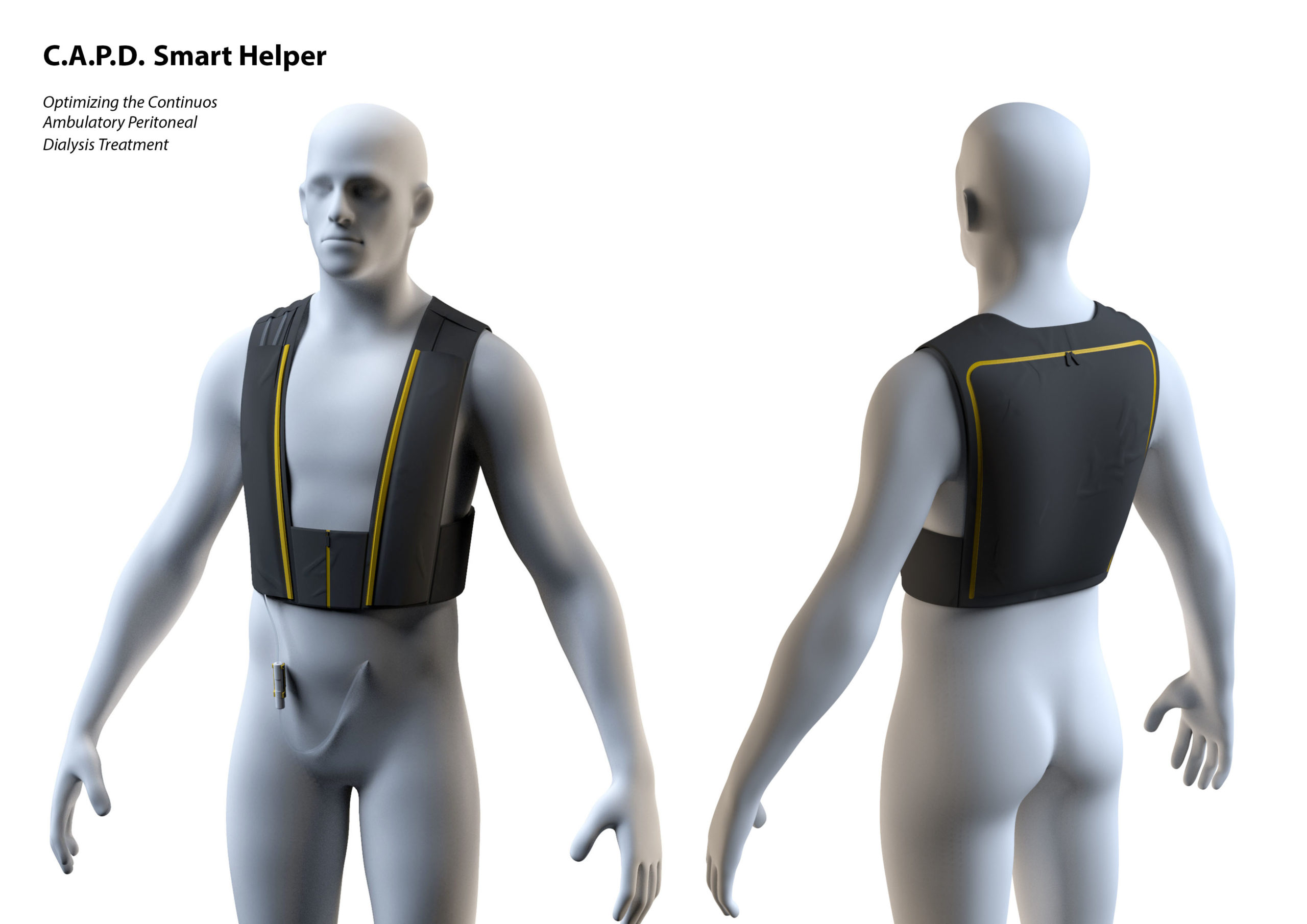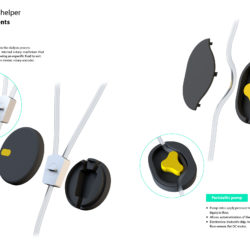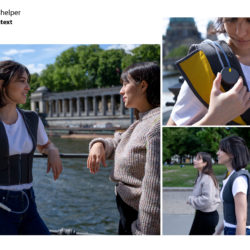C.A.P.D. Smart helper
Description
C.A.P.D. Smart Helperis a waistcoat that enables the transport and performance of continuous ambulatory peritoneal dialysis treatment (abdominal dialysis) inside or outside the home and during other activities. It is a portable technology product, as the waistcoat has technology components attached to it that allow the process to be automated so that patients can move freely during treatment. This is because current abdominal dialysis treatment processes are very time-consuming and require patients to sit or lie down, which greatly restricts their daily activities.What is the Topic?
About 10% of the world's population has chronic kidney disease, and if not treated in time and severely affected, they need to undergo dialysis treatment to replace their kidney function. Continuous ambulatory peritoneal dialysis (C.A.P.D.) treatment is the most common HOME-BASED treatment performed by patients. Although the treatment is performed at home, it takes up a lot of the patient's time, as it is performed 3-4 times a day every 3 hours and each procedure takes about 40 minutes. Thus, the patients' lives are strongly influenced by the treatment, which leads to the loss of daily life and time control. The initial question of the bachelor's project is therefore how portable technologies can improve C.A.P.D. treatment and thus the patients' lives by giving them more flexibility and control over their time and activities. The basic idea is that treatment can also be carried out in motion. Another challenge is the interplay between wearable medical devices and fashion and how this must be designed to make patients feel comfortable during treatments outside the home. For C.A.P.D. Smart Helper, a waistcoat has been designed that takes into account patients' wishes and circumstances: by adapting sizes and colour variations to the outfit and integration to make their treatment discreet. This can influence the way patients feel about their illness and help them regain self-confidence.
Why does it look like this?
The waistcoat and the technical components have been specially designed to allow easy transportation. After testing various portable treatment methods, the decision was made to create a prototype in the form of a waistcoat, as this would allow the patient to carry 2 to 4 litres of dialysis fluid on their back. When designing the waistcoat as a medical device, emphasis was placed on a restrained, clear and technoid style that conveys safety and reliability to the wearer. The neutral basic colours can be easily combined with other items of clothing and vibrant accent colours highlight functional details for patient guidance during the dialysis process. The technical components such as a pin, the peristaltic pump and the battery have been reduced in size for better wearability.
What is special?
Various aspects make this product special. One of them is to enable the patient's mobility during the treatment. In the current treatment, the process takes place due to gravity, which allows the dialysis fluid to flow into or out of the patient's abdomen. During this process, the tubes and bags must be suspended, which prevents the patient from moving freely. They must lie down or sit for 40 minutes (duration of treatment) x 3-4 times a day. The waistcoat now makes it possible to wear the dialysis fluid on the back and the reduced tech elements allow the process to be automated. Therefore, patients can move freely during the treatment and engage in other activities. Another special feature is that the Tech-Elements have an ultrasound flow to track the amount of fluid coming in and going out and transmit all this data to an app, so that patients receive documentation of their treatment. For the current treatment, all documentation of the treatment must be done by hand and patients must weigh the fluid themselves after each treatment. Another aspect is that the waistcoat can be folded in half and carried on a holder for transport. There is also a catheter holder for the patient's catheter. Patients usually have a belt around their abdomen where they insert the catheter, and every time they are on dialysis, they lift up their shirt to take it out. However, this can be uncomfortable in public if the treatment is done outside the home. That is why I have designed the catheter holder so that access to the catheter is discreet and easy.
What is new?
For the first time, the design study offers a portable, mobile solution for dialysis patients to give them more comfort and self-determination in their everyday life.




